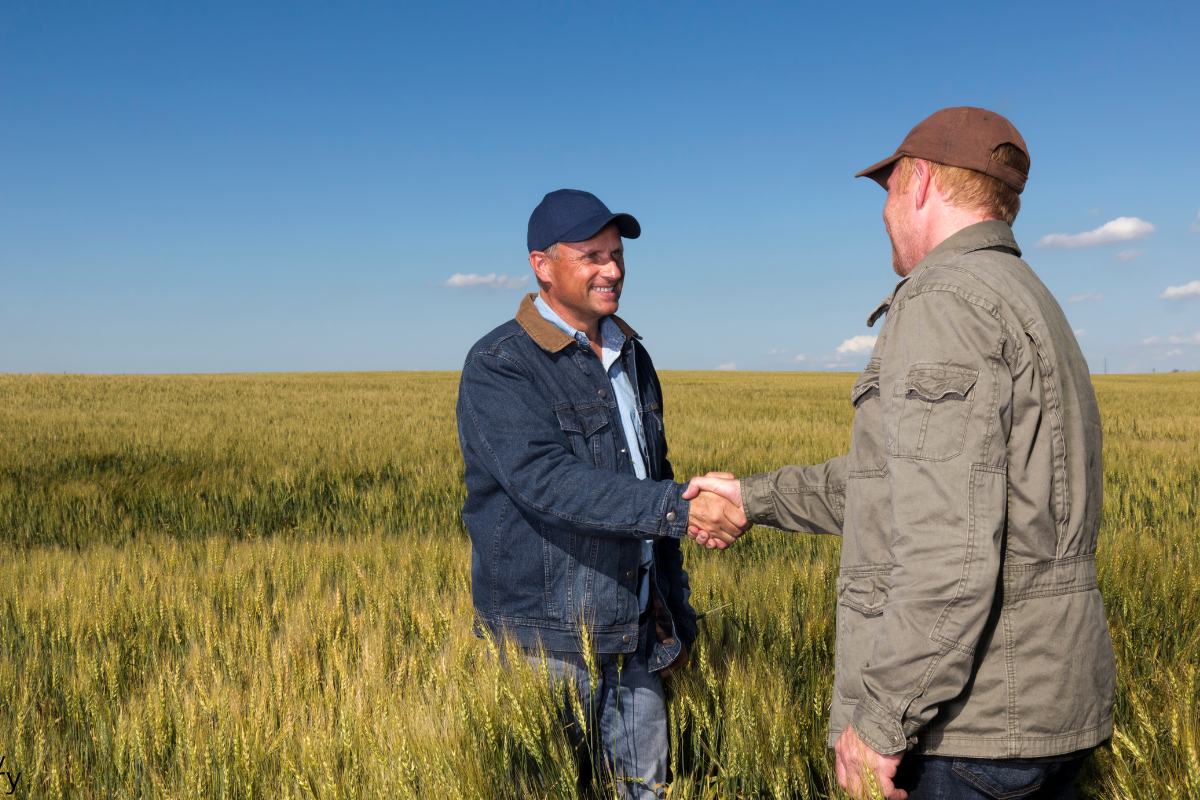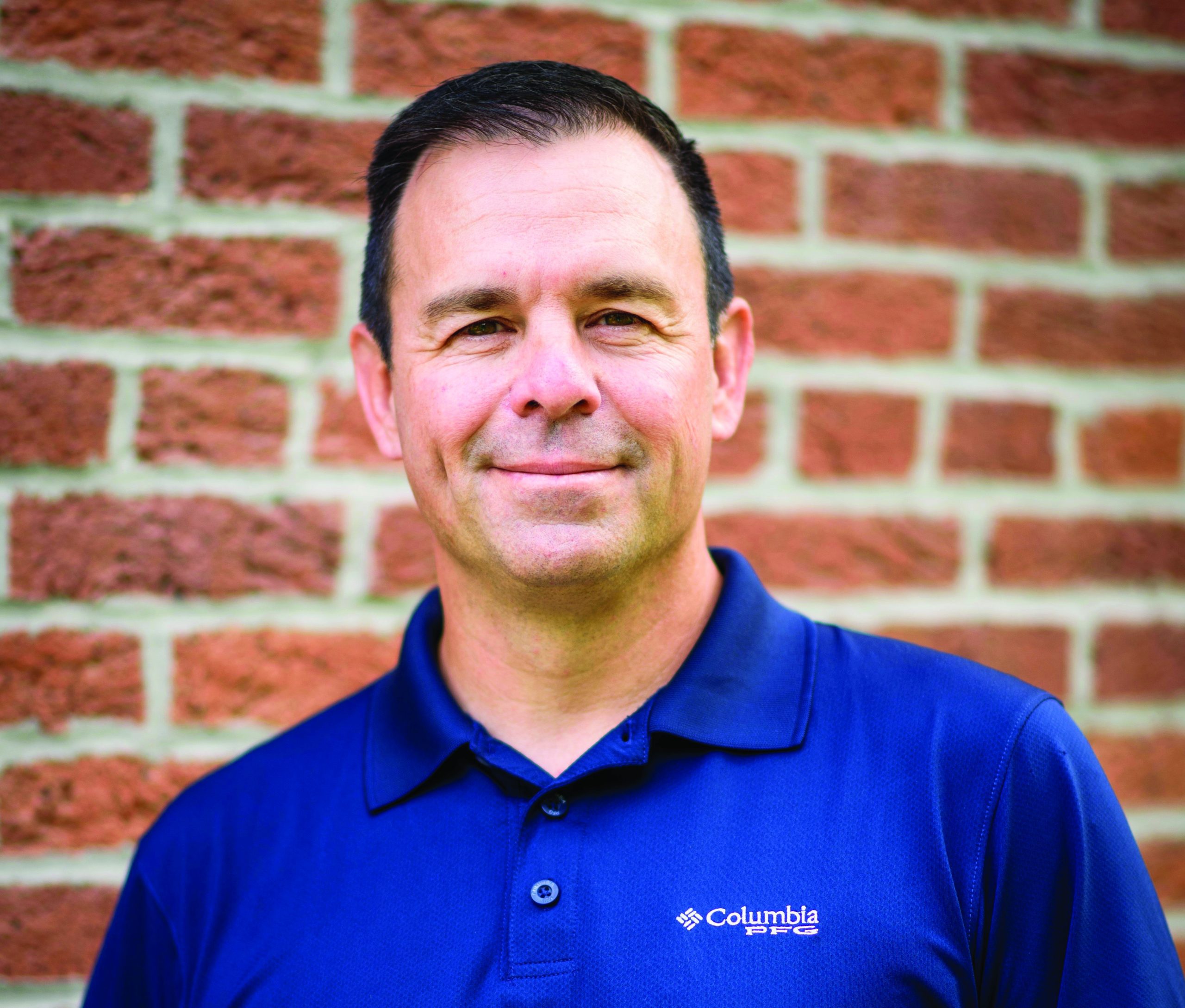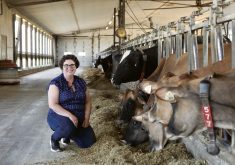Could agriculture be approaching a crossroads where biotechnology and chemistry can’t do the same jobs they’ve done in the past 20 years? Are resistant weed biotypes beginning to challenge chemicals to the extent that different approaches are needed?
The answers are either “yes” or “probably,” further complicated by volatile prices and supply chain disruptions for herbicides and fertilizers. What’s becoming more apparent is the need for collaboration rather than competition among different sectors in the agri-food industry.
The good news is that’s already happening. Private sector competitors are working together on soybean technologies and herbicides while public sector researchers are joining with farmers across Canada in a variety of initiatives.
Read Also

Are you ready for farm succession?
What motivates some farmers to make a succession plan while others don’t seem worried.
The latest is a joint effort between four companies: AGCO, BASF, Bosch and Raven Industries. Last year, the four collaborated on research in Europe, seeking to generate efficiencies in spray applications and product efficacy with an added focus on environmental sensitivity. The group plans to bring research to the U.S. in 2022 and potentially to Canada in 2023.
It’s a proof-of-concept agreement among the four, with the stated mission to bring smart technology from a single source combining the skill sets of each company. Bosch has developed the camera, sensors and image-recognition processes to detect weeds. BASF has its xarvio platform for agronomic decision-making, and engine logic for the most effective mix and ideal application period through machine learning. AGCO integrated those components into its Fendt Rogator, using proprietary nozzle-control systems from Raven Technologies. The hope was to provide a Smart Spray system to apply an effective herbicide dose while reducing operating costs and any environmental impact, which is a large factor in the EU.

“We were successfully testing field trials in Europe in 2021 and we’ll continue testing our unique solution in various agronomic conditions,” says Matt Leininger, managing director for Bosch BASF Smart Farming in North America.
“Agricultural production is facing greater challenges with weather conditions being more extreme, supply chain disruptions creating product shortages and a lot of price volatility. At the same time, sustainability requirements are increasing with environmental regulations and requirements for product approvals (are) becoming stricter.”
Less product, more profit
In addition to applying the right rates at the right time, the complementary goal is to increase profitability for the grower in light of demands for sustainability and environmental accountability. The proof-of-concept agreement between the four participants allows each to bring its strengths to the project. Leininger says there’s an incredible value to the four companies working together.
“Whenever you’re able to apply any herbicide in this type of solution, it reduces the impact on the environment because you’re spot spraying it, only when you need it. We all understand precision spraying plays a key role in these discussions about harmonizing risk mitigation. In addition, we encourage governing bodies to include precision ag application technologies to be part of their pest management practices, and look at this differently.”
While competition in seed, chemical and equipment sectors is necessary for driving innovation, the collaborative approach — in some cases drawing in growers, as well — serves the industry in many new ways.
If companies can work together for the benefit of agriculture and meet grower needs, it’s an important means of conveying information and encouraging growers to view things from a different perspective.
“Adoption of this technology and innovation, and meeting sustainability and climate change goals will be a critical component as well,” says Leininger. “That kind of decision-making is going to be vital to ensure farmers and ranchers in North America are successful.”
Not new, just more urgent
This type of collaboration is not necessarily new to Jason Deveau. The industry is promoting tank mixes with multiple modes of action to control resistant weeds such as Canada fleabane or waterhemp, but he calls it a bandage on the situation. Growers and retailers still grapple with antagonism and synergy of products, not to mention the development of resistant biotypes.
“Evolution has almost outstripped chemical control as it currently stands,” says Deveau, application technology specialist with the Ontario Ministry of Agriculture, Food and Rural Affairs (OMAFRA). “We’re at a level of nuance where we have to drain every last drop of efficacy out of our existing arsenal of pesticides, and that means changing our timing, changing the stage a weed must be sprayed at and changing what combination of products are used.”
He says that while the combination might work, it’s expensive. That’s where precision agriculture can negate the need for broadcast spraying, so the approach is evolving to ‘See a weed, shoot the weed’ and a targeted use of those multiple modes of action. But it’s still a work in progress.
“With weed control, I suspect it’s going to be the same thing, only more complicated,” says Deveau. “What kind of ground are you on? What kind of weed are we talking about? How much cash do you have to get a sprayer that can do this? Are you willing to till? Are you willing to cover crop? We have to put together almost a custom system for weed control for each group. That means we have to have all of these pieces in place now to decide how they fit together or how they don’t, and I think we’re working toward that out of necessity.”
Environmental concern
The need for the research involving AGCO, BASF, Bosch and Raven Industries is more urgent in Europe. In 2017, Deveau, along with OMAFRA weed specialist Mike Cowbrough, made a presentation at Canada’s Outdoor Farm Show unveiling an after-market, continuous-rinse system for a sprayer. Its development reflected the implementation of Belgian law to prevent point-source contamination of drinking water. Based on the size of farms and their proximity to urban centres, farmers were banned from dumping their unused products in the same place, regardless of the time or the cost to the grower. The law has since been adopted in parts of France and Germany.
Deveau believes the biggest difference between North America and the EU — beyond political directives — is one of geography. North America has fewer restrictions because there isn’t the capacity to police them but also because farms tend to be larger with “wide open spaces” between them.
“A lot of our language is like the Environmental Farm Plan, where we talk about ‘best practices’ and we tell people the right things to do,” says Deveau. “We offer incentives in the hopes that they’ll do them, but we don’t tend to dictate.”
















